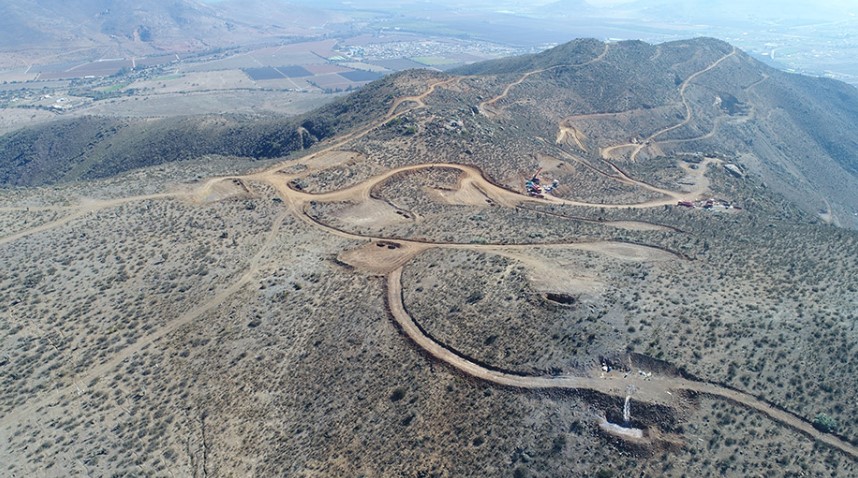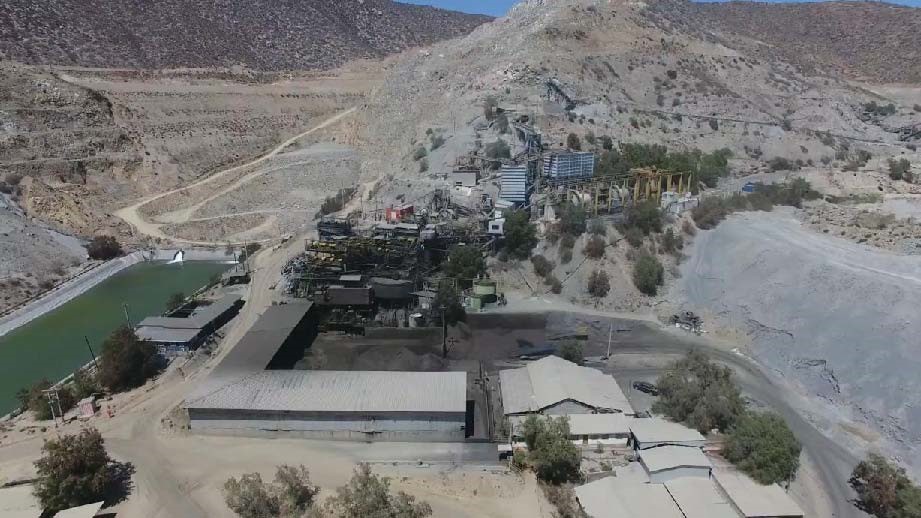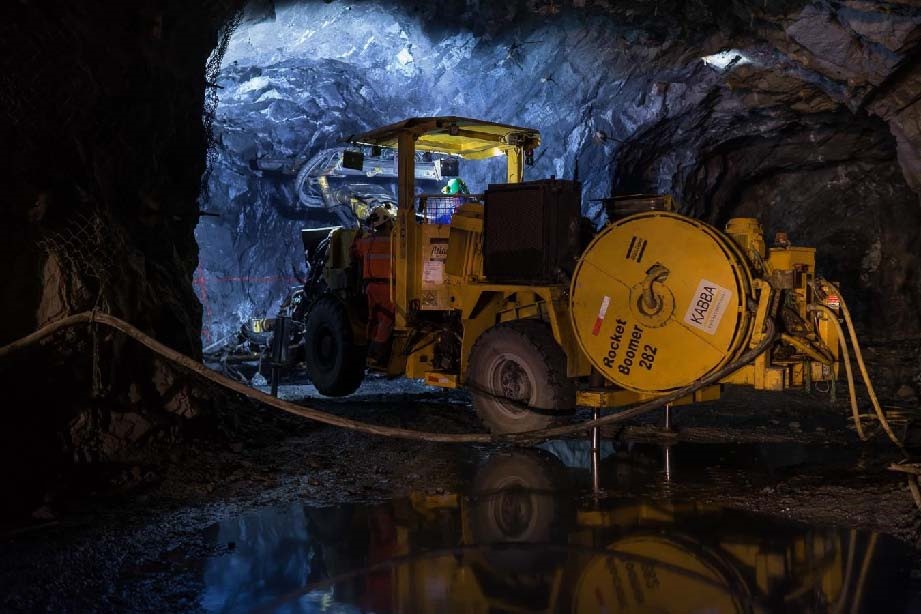JV Article: Battery Mineral Resources acquires Punitaqui copper complex in Chile, drill program underway


Battery Mineral Resources (TSXV:BMR) has released initial drill core assay results from the ongoing 2021 exploration and in-fill drill program at its recently acquired cornerstone asset, Minera Altos de Punitaqui (MAP), an integrated copper mining complex in the Coquimbo region of Chile, about 30 miles south of Teck Resources’ Andacollo copper mine.
Drilling returned 9 meters at 2.06% copper and 20.5 grams per tonne silver and 3 metres grading 1.52% copper and 2.0 grams per tonne silver from two holes.
Currently, three drills are operating on-site, and a fourth is on the way.
2,501 meters of diamond core drilling in 14 drill holes have been completed, or are in progress at the San Andres deposit. Nine drill holes have reached target depth and six have intersected significant mineralization.
Punitaqui was acquired by Glencore in 2010, who operated MAP for eight years and it was consistently profitable. But when Glencore merged with Xstrata, it didn’t make sense for the company to keep on a size basis, says Jacob Willoughby, Battery Mineral Resources’ VP, corporate development and strategy.
In 2019, Xiana Mining (TSXV: XIA) paid Glencore $25 million and a 1.5% net smelter royalty to acquire Punitaqui, which in 2018 was then running at its fully permitted capacity of 3,600 tonnes per day producing copper concentrates that also contained gold and silver mineralization.
The Punitaqui mill was fed from four different underground deposits: San Andres, Cinabrio, Cinabrio Norte and Dalmacia. According to its 2018 NI43-101 technical report, Punitaqui has a measured and indicated resource of over 6.9 million tonnes grading 1.3% copper.
Xiana had to place Punitaqui on care and maintenance last April as copper prices plummeted to a 10-year low due to the effects of covid-19 and the company went into Chilean bankruptcy. BMR acquired Punitaqui from Xiana in May of 2021.
BMR is working to completely revise the resources outlined by Xiana and upgrade as much as possible to proven and probable reserves by Q1, 2022. The company is drilling 6,000 metres at Punitaqui, aiming for a resource update and detailed mine plan, while also focussing on finding new resources in near-mine areas.
Battery Mineral Resources is also the largest landholder in the Ontario-Quebec cobalt belt, with ownership of 125,000 hectares and is developing one of the most advanced cobalt properties in the region, McAra, a +1.1 million pound resource with 499.8 tonnes of cobalt contained in measured and indicated resources. Drilling on its nine cobalt projects is ongoing, where 9,000 metres are expected to be completed by mid Q1 2022.
Punitaqui’s known deposits are part of a 25 kilometre-long mineralized district that is a classic IOCG and mantos-style copper belt that comprises mantos and structural controlled copper-gold-silver veins.
In addition to the four previously mined deposits, MAP has numerous regional targets for immediate exploration which offers them district-scale potential and while being located close enough to potentially feed the Punitaqui plant, where all the infrastructure is already in place.
Punitaqui is fully permitted for 3,000 tonnes per day with allowances of up to 3,600 tonnes per day. In addition to ongoing drill campaign, BMR is evaluating potential tailings work and upgrades at the plant prior to restarting the plant around mid-year 2022, with mining and underground development expected to begin around May.

Willoughby says the mine, named after the town located three miles away, was a main employer, and the community is as supportive of the mine restart as workers are eager to get back on the job.
“We are confident we can produce about 25 million pounds of copper in concentrate on an annual, full-year basis at approximately $2.00 to $2.25 per pound on a cash cost basis – we’re looking to generate $50 million in EBITA on a full operating year basis,” says Willoughby.
This estimate is based on a four year mine life on the current resources of the four combined deposits, but there is a lot of exploration to be done around the site and on satellite deposits, Willoughby notes.
“We estimate $150 million has [already] been put into the mines, mill and associated infrastructure, with a total replacement cost of approximately $120 million – we got tremendously lucky in this acquisition.”

Since the assets have been on care and maintenance since April 2020, restart costs are estimated at only C$6 million to C$9 million, with most of that comprising underground development and drilling.
The San Andres drill program is designed to confirm and extend the resource definition drilling to the north and the south and extend mineralization at depth. Results from the ongoing program at Punitaqui are expected to be released every two to three weeks until the current campaign is completed in Q4.
The preceding Joint-Venture Article is PROMOTED CONTENT sponsored by Battery Mineral Resources Corp., and produced in co-operation with Canadian Mining Journal. Visit https://bmrcorp.com/ for more information.
Comments